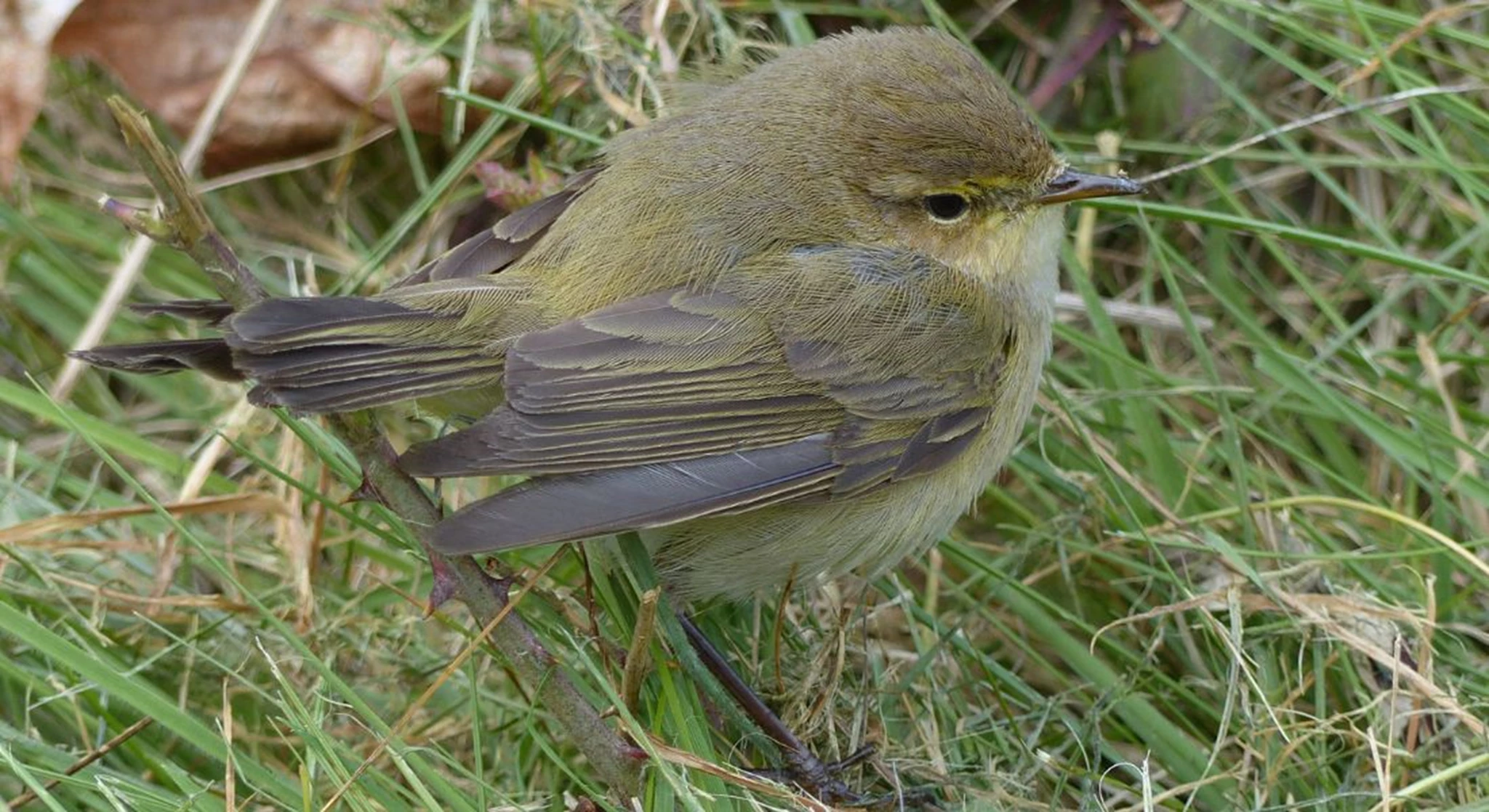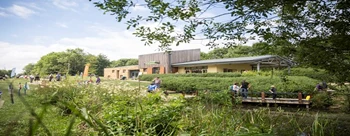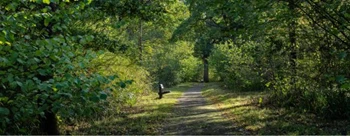Wildlife blog: Breeding season begins

Every year, migratory birds like the Chiffchaff, Garden Warbler and Willow Warbler migrate from Africa to British woodlands where they seek out breeding territories. Their nests are often on or very close to the ground. While we can’t always see them, we can monitor their presence by listening out for their songs in the same areas and look out for signs of breeding such as carrying of food and nesting materials from spring and into summer.
To protect these birds and other wildlife, we ask for visitors to keep dogs on leads from March to September at Shenley Wood and Linford Wood and all year round at Howe Park Wood. Even if dogs aren’t following any scent and simply having a playful run through the woods, a nest and its eggs can be destroyed in the blink of an eye. While these birds already have natural predators, keeping all dogs on leads eliminates an extra risk. Outside of the breeding season, this can also help our native mammals and foraging birds by minimising the scent trails in their territories and preventing them from being disturbed.
While these woods are now part of an ever-growing city, they are still favoured by many species which travel huge distances and compete for their ideal breeding sites. If every owner plays their part by keeping their dogs on leads, not only can they help the nature that already lives in these woodlands but also encourage declining species to return to their former breeding sites. Buckinghamshire has hosted a small number of Wood Warblers and Nightingales passing through on migration in recent years. Both are no longer thought to breed in the county but should a pair decide to settle into one of our local woodlands, this could help them to succeed in a time of significant national decline.
Please help protect Milton Keynes' wildlife by keeping your dogs on a leads in the city's ancient woodlands.
Photo credit: Chiffchaff, Harry Appleyard










